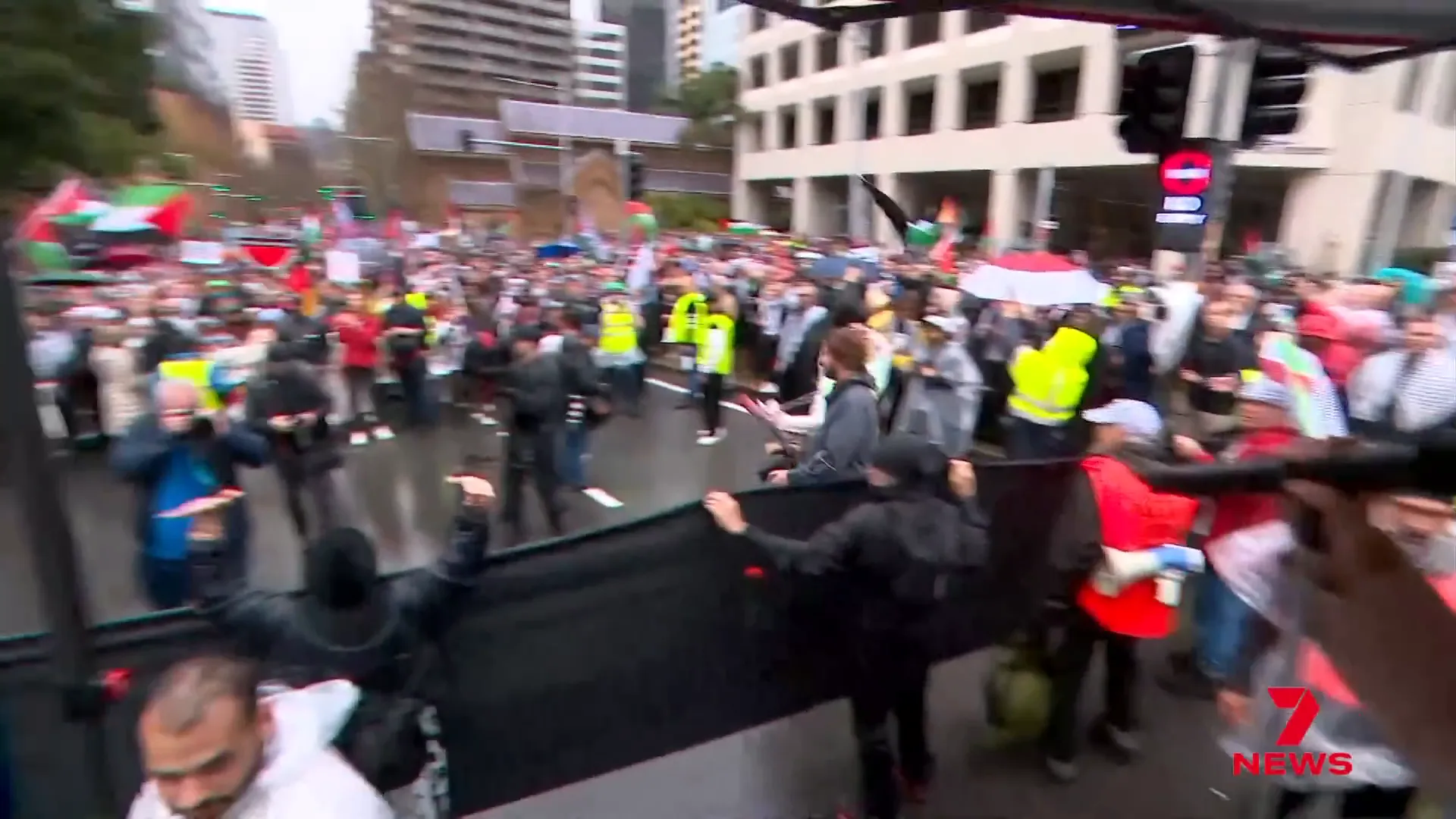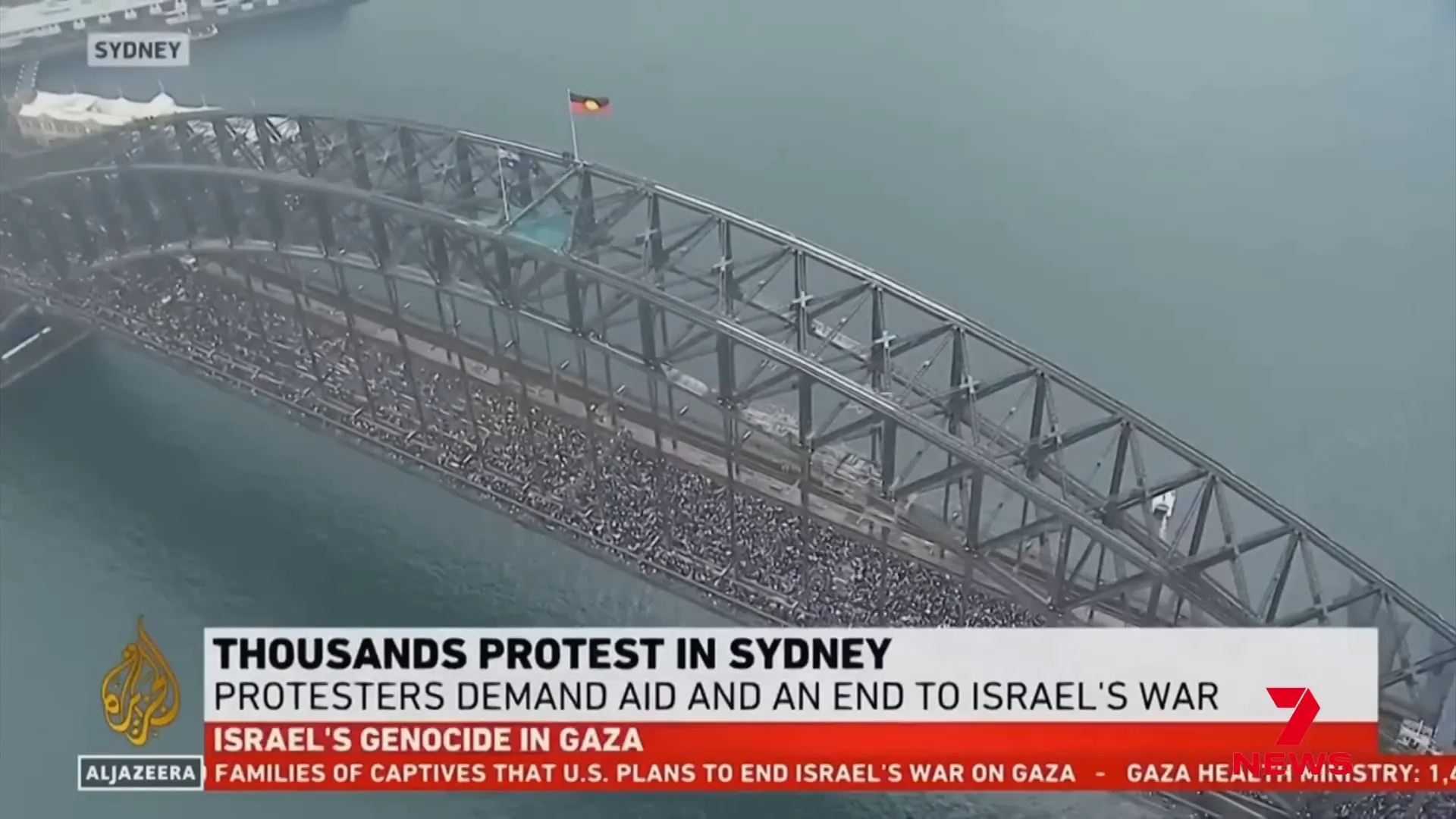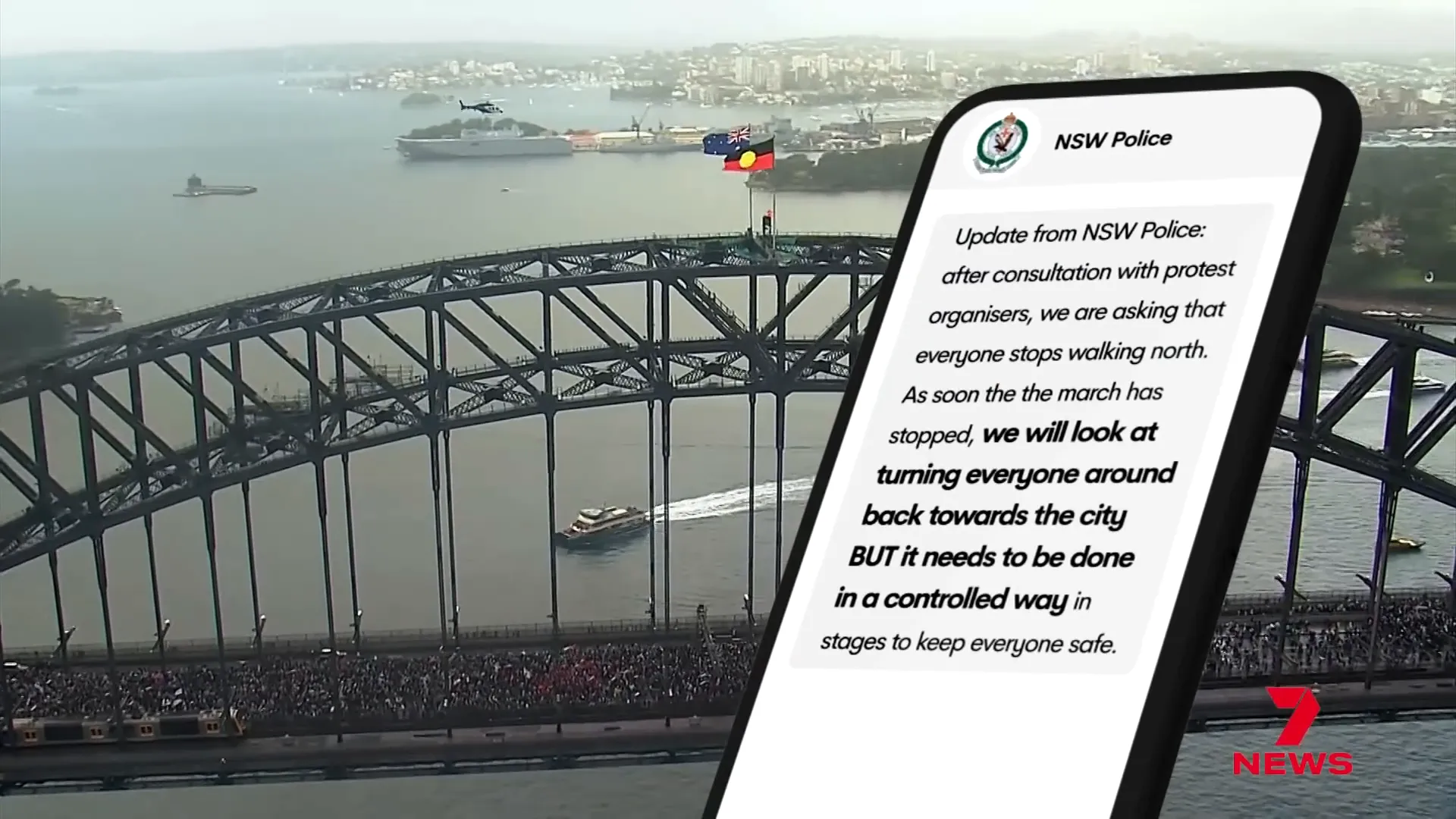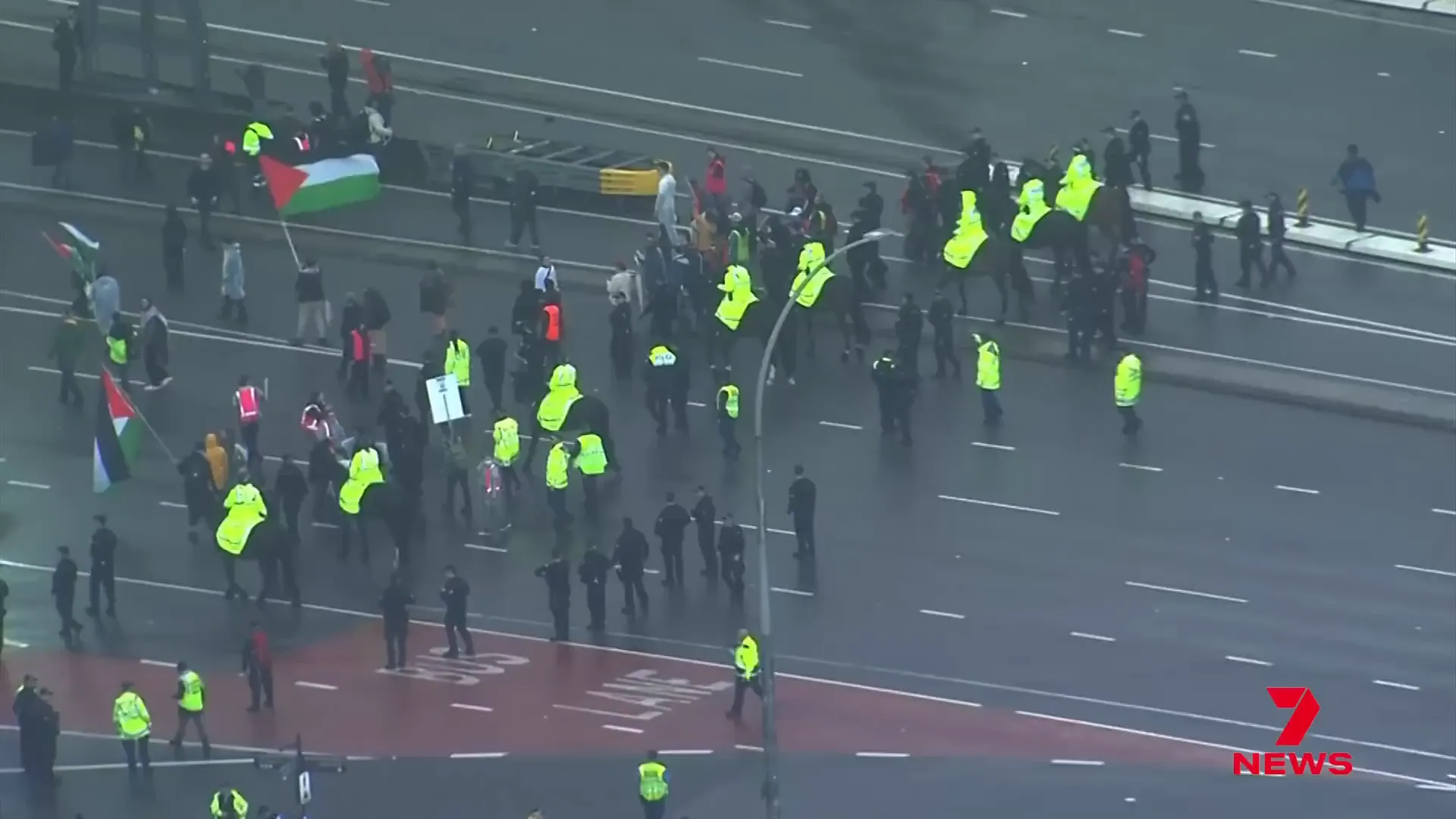Aug 3, 2025
Major Harbour Bridge Disruptions as Tens of Thousands March for Palestine

In a powerful demonstration that captivated the world’s attention, tens of thousands of protesters gathered in Sydney to voice their opposition to Israel's actions in Gaza. The protest, which saw an estimated 90,000 to over 100,000 people take to the streets, shut down the iconic Sydney Harbour Bridge and brought much of the city to a standstill. Organised with less than 24 hours’ notice, this massive rally was a striking display of public sentiment, unity, and demand for peace.

Table of Contents
- A Historic Gathering on Sydney Harbour Bridge
- Unexpected Challenges: The Sudden Halt and U-Turn
- Impact on Public Transport and City Life
- Lessons Learned and Looking Ahead
- Frequently Asked Questions
A Historic Gathering on Sydney Harbour Bridge
What began as hundreds of determined individuals quickly swelled into a sea of thousands. The crowd, undeterred by rainy weather, marched across the Sydney Harbour Bridge just after 1:30 pm, sending a clear message to Israel. Leading the march were notable figures like Julian Assange and soccer star activist Craig Foster, symbolising the broad coalition of voices calling for justice.

Protesters voiced their opposition to war crimes and the humanitarian crisis unfolding in Gaza. One marcher poignantly expressed disbelief that starvation and suffering were only now being acknowledged globally, underlining the urgency and moral imperative driving the demonstration.
"I can't believe that we're finally acknowledging starvation. Because I'm against war crimes against humanity."
Chants such as “Stop arming Israel” and “Stop bombing Israel” echoed through the crowd, reinforcing the protest’s call for an end to violence and a plea for peace and democracy. The event was not just a local occurrence but a moment broadcast worldwide, capturing global attention.
Unexpected Challenges: The Sudden Halt and U-Turn
Despite the remarkable turnout, the protest faced significant logistical challenges. Police, tasked with ensuring public safety, issued a last-minute directive to stop the march due to concerns over crowd control and safety risks. The crowds, which had brought the city to a standstill, were themselves brought to a standstill as organizers scrambled to manage the situation.

The police communicated via text alerts that a controlled turnaround was necessary. This abrupt change forced the marchers to reverse course, with some protesters disembarking on the north side of the bridge, while others made a mass migration back into the city on the south side. The bridge remained congested for over three hours, with police horses assisting in managing the crowds.

By 4:30 pm, the main deck of the Harbour Bridge was cleared and traffic resumed, but the disruption had left a lasting impression on the city’s infrastructure and the participants.
Impact on Public Transport and City Life
The sudden influx of protestors created immense pressure on Sydney’s public transport system. Despite fears that trains would be overwhelmed, services at major stations like Wynyard operated with minimal delays. However, the sheer volume of people caused significant crowding, raising concerns among police about potential injuries or worse if the situation escalated.
The atmosphere shifted from passionate demonstration to chaotic congestion as thousands fought for space. Confusion reigned as many protesters were unsure of the sudden change in plans, and some were left disappointed at not being able to complete the march across the bridge.
"Did you make it the whole way across the bridge?"
"No, it's completely different than what we had planned."
Despite the logistical challenges and the cold, long journey home, the spirit of the protest remained unbroken. Many participants expressed that the cause far outweighed the inconvenience and disruption experienced.
"What's going on over there is far worse than trying to work out how to get home. So, no, this is the least of our concern."
Lessons Learned and Looking Ahead
The scale and spontaneity of the protest highlighted the challenges of managing large-scale demonstrations with limited notice. Police acknowledged that planning such events typically takes months, and the rapid organisation of this protest presented a logistical nightmare. Authorities will undoubtedly review the day’s events to improve future crowd management and safety protocols.
What remains clear is the determination of the people who gathered to make their voices heard. The protest underscored a growing global awareness and demand for peace, justice, and humanitarian consideration in the ongoing Gaza conflict.
Frequently Asked Questions
How many people participated in the Sydney Gaza protest?
Police estimated around 90,000 people took part, while organisers claimed the number exceeded 100,000.
Why was the protest stopped midway?
Police halted the march due to public safety concerns as the crowd size overwhelmed the planned route and risked causing serious injuries.
How did the protest affect Sydney’s transport system?
The protest caused significant disruptions, especially at Wynyard station and on the Harbour Bridge. Despite heavy crowding, trains operated with minimal delays, but the city experienced traffic congestion and road closures.
Who were some notable figures involved in the protest?
Notable participants included Julian Assange and soccer star activist Craig Foster, who helped lead the march.
What was the main message of the protest?
The protest called for an end to Israel’s military actions in Gaza, highlighting concerns over war crimes, starvation, and human rights violations, and advocating for peace and democracy.